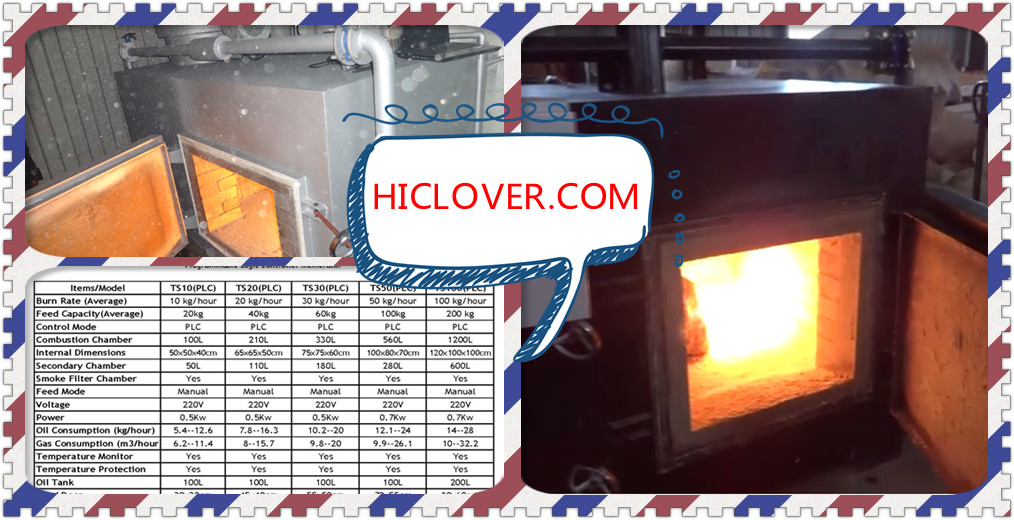Examining the Benefits and Drawbacks of Waste Incineration- waste incinerator

Waste incineration, also known as waste-to-energy, is a method of waste disposal that involves burning solid waste at high temperatures to generate energy. While waste incineration has been touted as a solution to the growing problem of waste management, there are both benefits and drawbacks to this method that must be carefully examined.
One of the main benefits of waste incineration is the potential to generate energy from what would otherwise be a completely wasted resource. By burning solid waste, heat is produced which can then be used to generate electricity. This can help reduce the amount of fossil fuels needed to generate power, ultimately leading to a reduction in greenhouse gas emissions.
Additionally, waste incineration can significantly reduce the volume of solid waste that ends up in landfills. Landfills take up valuable land space and can release harmful pollutants into the air and water supply. By incinerating waste, the volume of solid waste is reduced by up to 90%, which can help alleviate the strain on already overflowing landfills.
Moreover, waste incineration can also be a more cost-effective waste disposal option compared to traditional landfilling. While the initial investment in building and operating incineration plants may be high, the revenue generated from selling the electricity produced can offset these costs over time.
However, there are also drawbacks to waste incineration that must be considered. One of the main concerns is the potential for harmful emissions to be released into the atmosphere during the incineration process. These emissions can include toxic gases such as dioxins and furans, as well as heavy metals like mercury and lead. While modern incineration plants are equipped with advanced air pollution control systems to minimize these emissions, there is still a risk of environmental contamination.
Additionally, waste incineration can also pose health risks to nearby communities. Studies have shown that living in close proximity to incineration plants can lead to an increased risk of respiratory diseases and certain types of cancers due to exposure to air pollutants. This is a major concern for environmental justice advocates who argue that these plants are often sited in low-income and minority communities.
Furthermore, there is also the issue of sustainability to consider. While waste incineration can help reduce the amount of waste sent to landfills and generate energy, it is not a truly sustainable solution. Burning waste for energy perpetuates a linear “take-make-dispose” economy, rather than promoting a circular economy that focuses on reducing, reusing, and recycling.
In conclusion, waste incineration has both benefits and drawbacks that must be carefully examined in order to determine its viability as a waste management solution. While it can help reduce the volume of waste sent to landfills, generate energy, and potentially lower greenhouse gas emissions, the potential for harmful emissions and health risks cannot be ignored. It is essential to strike a balance between using waste incineration as a waste management tool and implementing more sustainable waste reduction and recycling practices to protect both the environment and public health.